
5 Tips to Deter Deer from Your Garden
Over the last few decades, we have seen deer populations browsing and feeding off of home gardens increasing dramatically. In areas like Fairfax, Va., deer run rampant, sometimes bravely venturing all the way to your front door, and most importantly, feeding on your many plants and vegetables. Along with chewing on flowers and leaves, the male deer also destroy bark on small ornamental trees as they rub their velvety antlers on them. Their hooves also present a problem in the home garden as the deer trample over plants and vegetables in the landscape. Here are some of the best ways to keep deer off your precious plants and lawns.
Fences must be at least 7 ft. tall to deter deer. If you can’t build that high, consider supplementing with cobblestone paths and shrubs along the fence line.
Tip 1: Add a Tall Fence or a Short Fence and Cobblestones
One of the best ways to keep deer off your property is to build fences of at least 7’ high around your landscape. Any fence under 7’ tall will not work as deer can jump over fences 6’ tall. If you can’t build a fence that tall, you can put a 4’ fence around certain areas of your garden that you want to protect, place 4’ of cobblestone in front of the fence and shrubbery on the opposite side of the fence for screening. The cobblestone will be uncomfortable for the deer to walk across. The shrubs will serve as a visual blockade as deer will not jump into a space if they can’t see how or where they will land.
If you can’t place a 7’ tall fence, You can also use multiple 4 to 5’ fences placed one in front of the other, just a few feet apart from each other which will be difficult for the deer to see where they can land and if they can jump over both of them at once. Some homeowners also try to run 50 pound fishing lines across a pathway in the landscape so when the deer bump into it, they will be startled and they’ll either find a new way in or will just leave. As an added deterrent, you can also hang a white rag or handkerchief on the fence to mimic the white tail of the deer as it blows in the wind and is a sign of danger to them.
Deer love to snack on lush, heavily fertilized foliage.
Tip 2: Avoid Fertilizing and Overwatering Your Plants
Deer come into the garden to find safe shelter from predators and food to eat. Deer are thirsty vegetarians and love the nitrogen they get from chewing on plant material. With this in mind, if you are over watering or over fertilizing your plants, this will lure deer into your garden to feed off of the liquid and the nitrogen. Lush vegetation and plant material that are filled with water and fertilizer will absolutely draw deer to your landscape as they don’t have this in their natural woodland habitat, where there are many trees and leaves, but not necessarily hardy, juicy plants like daylilies and hosta.
Deer generally avoid heavily scented plants, such as herbs.
Tip 3: Incorporate Deer Resistant Plants
There are some deer resistant plants that may deter deer from munching and stepping on your landscape. Boxwood and other evergreens like holly are classic deer resistant plants that deer do not like to chew on. Junipers are great for deterring deer because of their prickly texture, as is lamb’s ear as its texture is too fuzzy for deer to enjoy. Likewise, plants with high fragrance are typically avoided by deer, including lavender, thyme and oregano.
Tip 4: Try Different Spray and Granular Repellants
Another way to keep deer off your property is by spraying and adding liquid and granular repellents to your yard. Two of the most popular repellents are Liquid Fence and Bobbex, which are both made with fox or coyote urine and if sprayed to your plants, deer will avoid it because they smell danger through the predator urine. Another useful granular repellent is called Milorganite. This particular deterrent is effective, but its smell is so strong and harsh that it might be too overwhelming for the home gardener. You can use it on plants that are further away from the home so that the smell does not overpower you when you are walking up to your home.
Deer are instinctive and will adapt to your repellant strategy, so changing your approach with these repellants at least bi-monthly is important to keep the deer from ruining your plant material.
Protect young tree trunks with netting or tubing as you would a sapling.
Tip 5: Protect Young Trees
If you’re planting young trees trunk of just a few inches in diameter, we recommend protecting the tree by placing stakes in the ground, creating a perimeter about 1’ away from the trunk and attaching deer fencing. When the deer approach the tree, they’ll run into the fencing and get startled, turning their attention away from rubbing their antlers against your young tree. We recommend putting your fencing in place by early September and keeping it up through the winter.
Bonus Tip! Adopt a Dog to Patrol Your Yard
One of the most effective ways to keep deer off your property is to buy a dog, letting it roam the yard to scare off animal intruders. Along with the dog, you can invest in an invisible fence. The dogs will chase the deer all the way to the end of this barrier and will scare the deer away from the house. This should not be the only method you choose, however, as over time the dog may change its behavior and not scare the deer away.


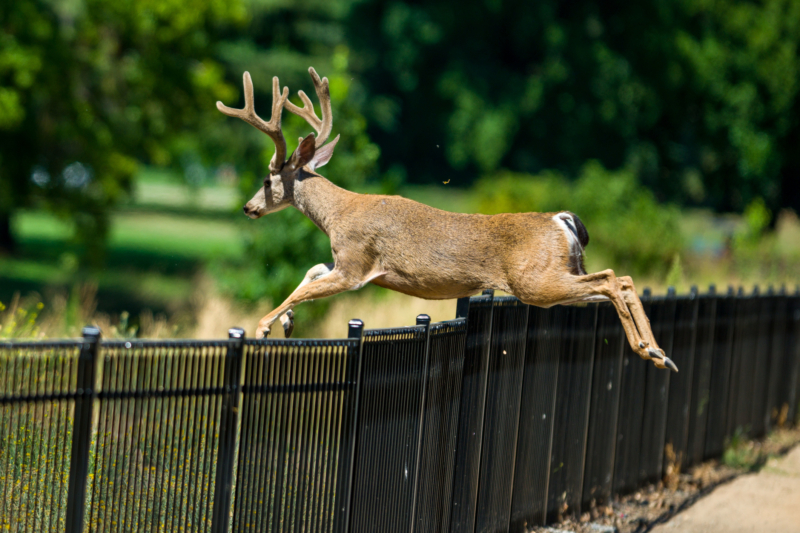
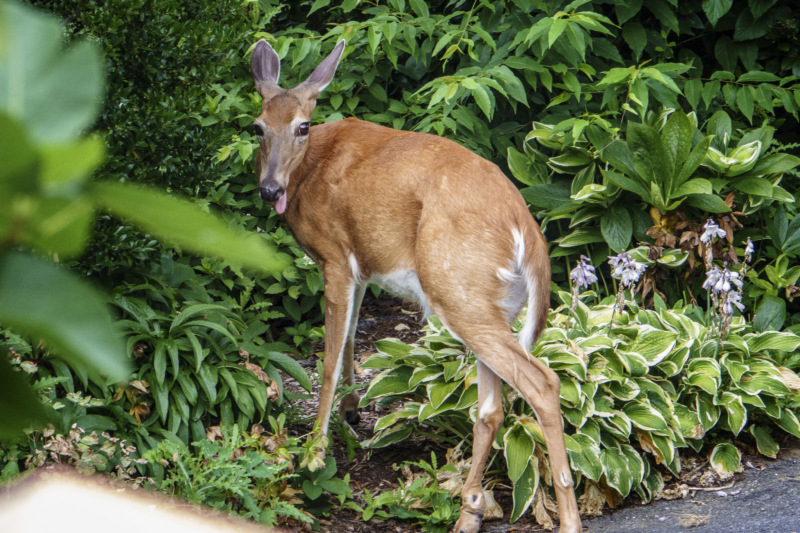
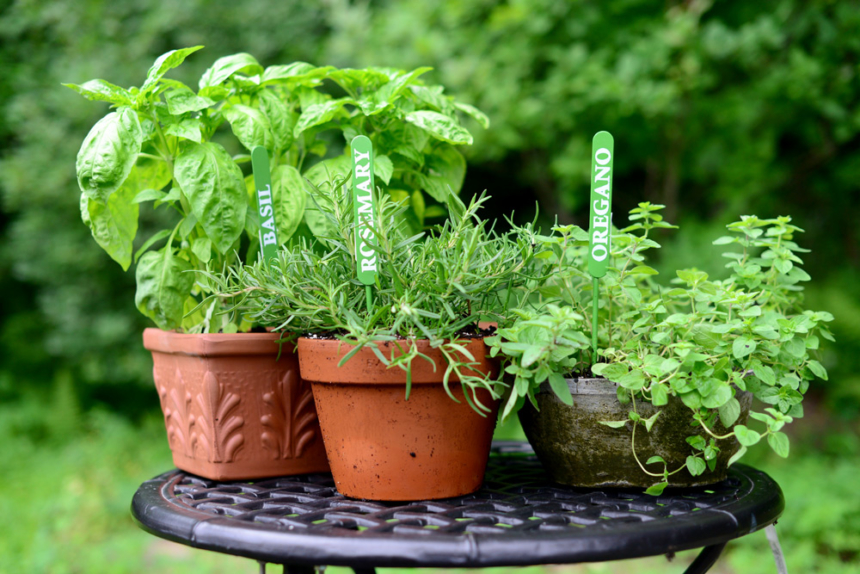
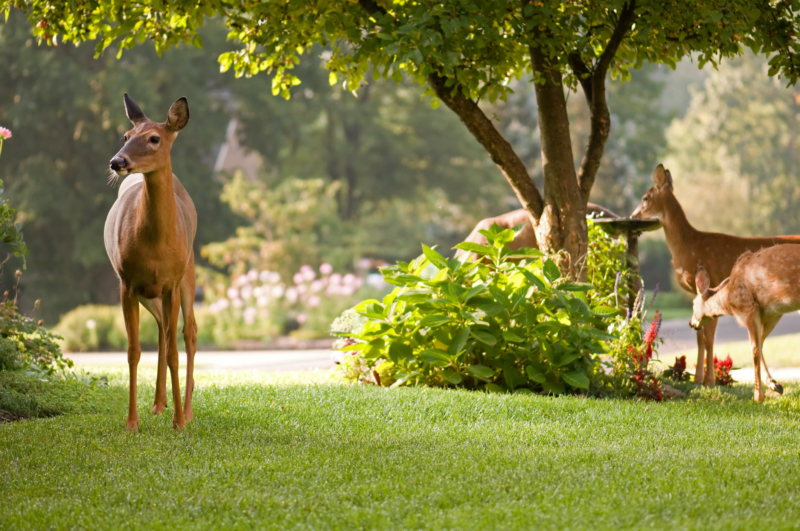
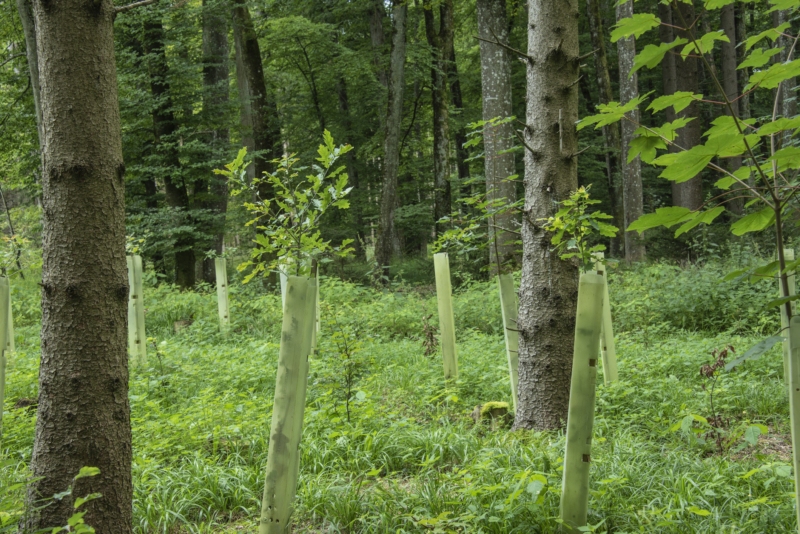


 Bryn Wallace
Bryn Wallace